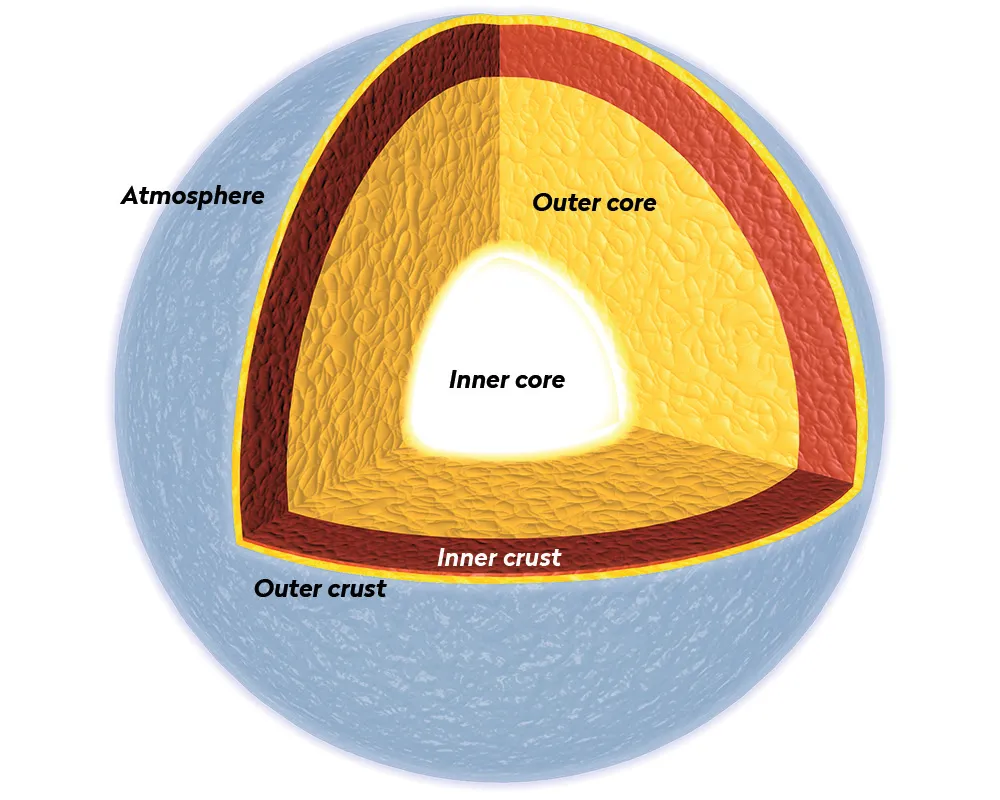A teaspoon of neutron star would weigh about 10 million tonnes, equal to about 10,000,000,000 kilograms (10 billion kilograms).
Neutron stars are pretty incredible objects. They're so dense that even a small amount has an incredible weight.
They form when a medium-sized star reaches the end of its life and explodes as a supernova.
After this explosion, all that remains is a dense core: a neutron star.

Neutron stars in numbers
A typical neutron star has 1.4 to 2.1 solar masses packed inside a radius of 10 to 15km, so a 1cm3 piece of neutronium would weigh 100 million tonnes.
The weight of a small amount of neutron star is one fun thought experiment, but what about the physics behind actually extracting that sample in the first place?
Removing even a sliver of neutron star would require an incredible piece of engineering, working in the most extreme environment imaginable.
To remove a slice would mean cutting into something 10 billion times stronger than steel, at a temperature of 1 million°C and emitting copious X-rays.

The surface gravity of a neutron star is 100 billion times Earth’s, while the magnetic field is several trillion times that of Earth.
Neutron stars are made from a material known as neutronium, which compresses as the pressure increases.
Once released from the gravitational field, the highly compacted neutrons would expand explosively.
The neutrons then decay into electrons and protons, producing an extremely radioactive environment.
So yes, a teaspoon of neutron star is an interesting science experiment, but actually extracting that sample, even if you could? Overall, not recommended!
Do you have any questions about the Universe? Email us via contactus@skyatnightmagazine

